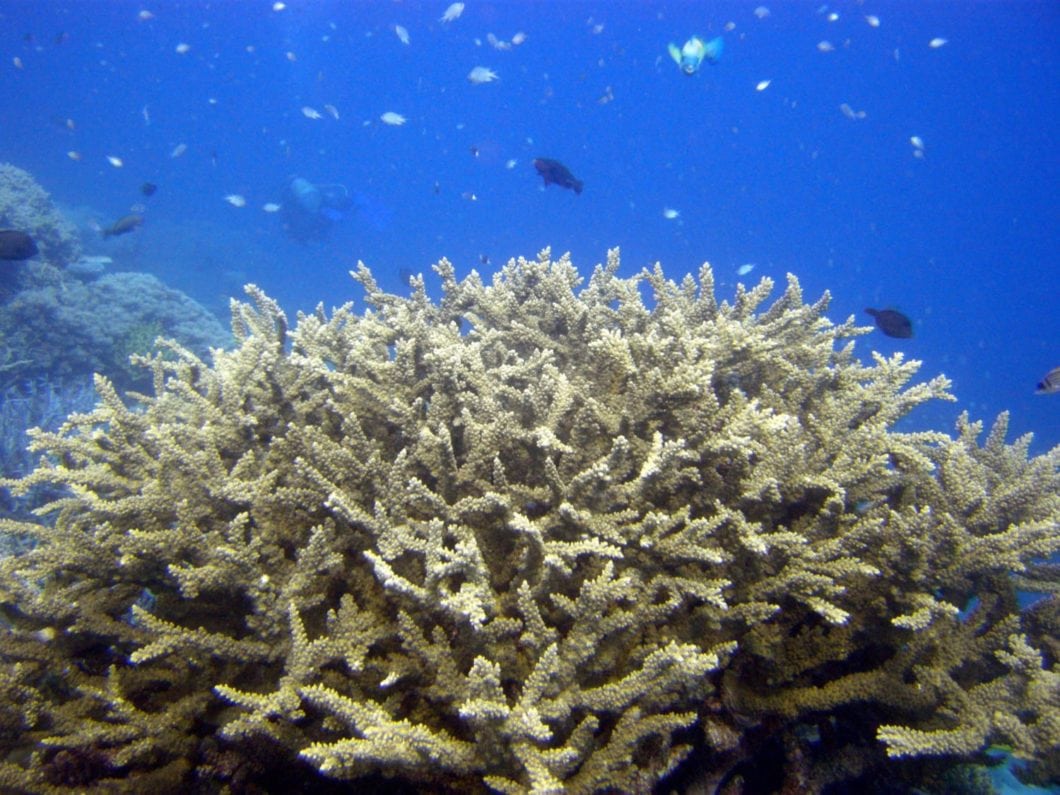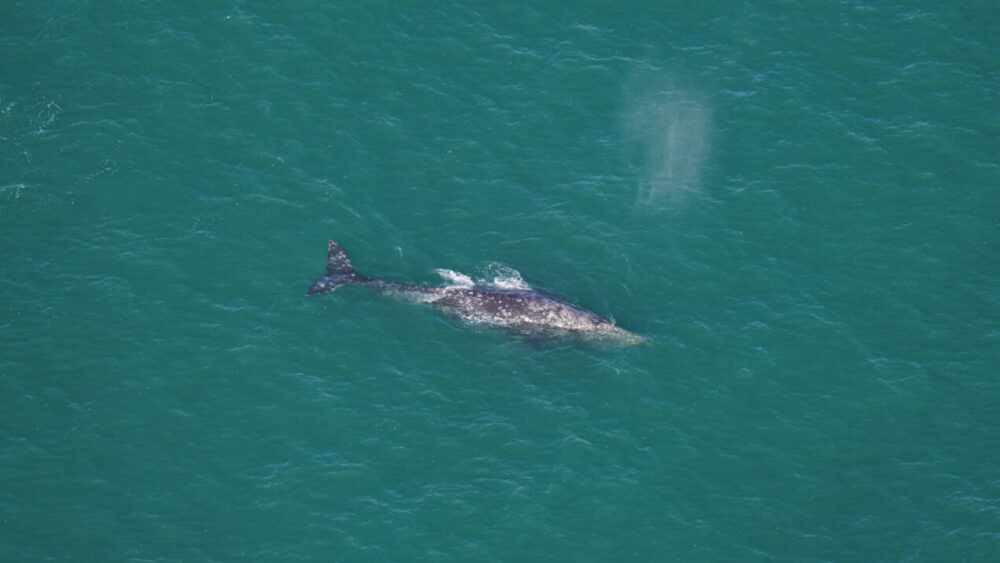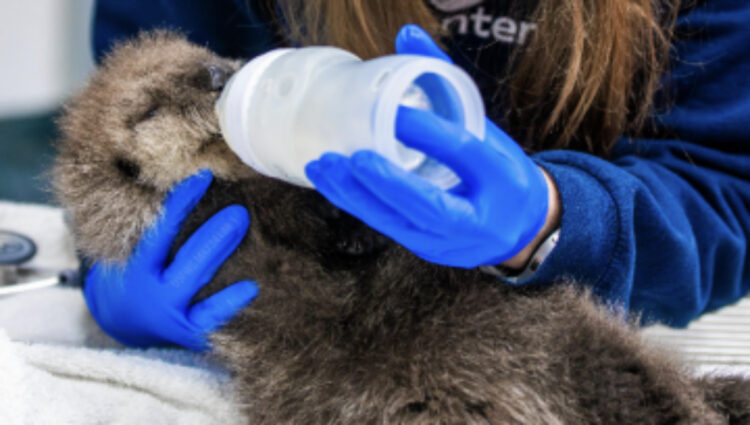Scientists Just Discovered A Coral Reef Off the Coast of South Carolina
A major discovery this month could significantly change the currently dire status of the world’s coral reefs. The National Oceanic and Atmospheric Administration (NOAA) discovered a huge series of coral reefs that span nearly the length of Delaware and are in deep water 160 miles off the coast of Charleston, South Carolina. The giant reefs, which are located half a mile below the ocean’s surface, were initially discovered through sonar mapping.
It’s a big deal to scientists who believe that the discovery could be just the beginning of uncovering new reefs filled with live coral. According to WWF Global, the world has already lost 27 percent of our coral reefs. If nothing changes, an estimated 60 percent of the world’s reefs will be destroyed over the next 30 years.
“This finding changes where we thought corals could exist off the East Coast,” Erik Cordes, a Temple University biology professor and the expedition’s chief scientist, told The Washington Post. “This discovery is already changing our predictive models for coral. This will undoubtedly lead to new discoveries in the region once we can digest all of the information. That will take months to years.”
The discovery of this 85-mile-long deep water reef was all thanks to DEEP SEARCH, a five-year project whose goal is to explore “the deep sea offshore of Virginia, North and South Carolina and Georgia,” according to the Post. Ultimately the project hopes to uncover the vast diversity of habitats in this region.
Off coast of SC lies a deep Lophelia coral reef that could stretch for ~85 miles…and up until last week, we didn't even know it was there: https://t.co/vDICU4Iisi #DEEPSEARCH pic.twitter.com/87GNOiZPA5
— NOAA Ocean Exploration (@oceanexplorer) August 28, 2018
During a dive on Aug. 23, Cordes and fellow scientist Cathy McFadden had no idea they were about to uncover such a massive reef. After nearly eight hours underwater in a human occupied vehicle (HOV) called the Alvin, “they had a sampling basket loaded with different coral species, including Lophelia, Enallopsammia, Madrepora, and octocorals,” stated the mission log from the DEEP SEARCH expedition.
Below is a video depicting a time-lapse of the coral reef discovery:
According to the log diary entry, as “Lophelia grows and dies over time, new Lophelia grows atop the old skeletons, forming continuous reef structures that could stretch much farther than we ever imagined on the U.S. east coast.”
Once the reef samples were collected, the team had to move quickly and process the samples because “the temperature on the seafloor is much colder than that at the surface, and the corals can easily be heat shocked.” That means all samples are kept in what the team said has been aptly named “the cold room” in order to keep them alive and thriving.
The log concluded by stating that the discovery of this Lophelia reef could “keep many members of the DEEP SEARCH team busy for months, and even years, to come.”
How exciting of a prospect is that? Our world’s reefs may not be quite so doomed after all!








